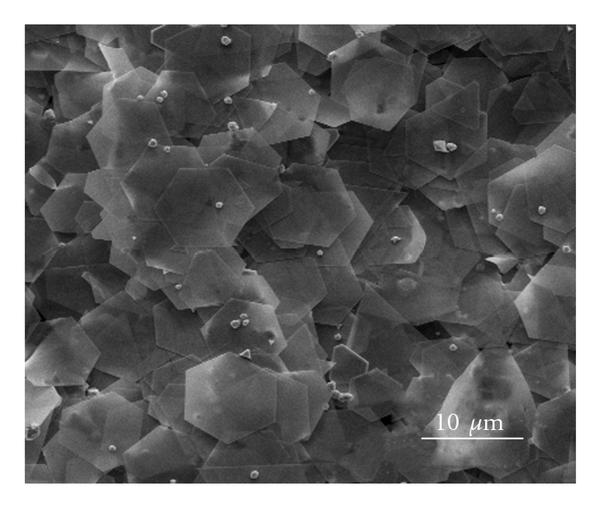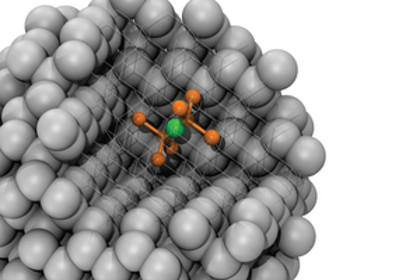Catalytic reaction model in conductive nanoparticles Nano material (PhD in nano-microelectronics)
Researcher and author: Dr. ( Afshin Rashid)
Note: Nanomaterials are chemicals or substances that are produced and used on a very small scale. Nanomaterials are designed to demonstrate new properties compared to the same material without nanoparticles such as strength, chemical reaction or conductivity.
Materials with any external dimensions at the nanoscale (size range from approximately 1 to 100 nm) or having an internal structure or surface structure at the nanoscale are defined as the model of catalytic reaction in conductive nanoparticles . "Nanomaterials" means a natural substance, incident or made up of particles, in an infinite state or as a whole or as an agglomerate, where for 50% or more of the particles in the number size distribution, one or more external dimensions in The size range is 1 nm - 100 in special cases and in cases where the size distribution threshold may be replaced by a threshold between the nanoparticles. Or several external dimensions less than 1 nm should be considered as nanomaterials.Nanomaterials that react naturally. Or produced as an by-product of (unintentional) combustion processes. They are usually physically and chemically heterogeneous and are often referred to as porous particles. " On the other hand, multi-structured nanomaterials with physical and electronic purposes are produced and designed for a specific purpose or function.
An example of this process is to make nanoparticles to help nanoelectronics . Carbon nanotubes are also made to be used in a process called nanotubes to create bacterial sensors. Nanotubes are used as composites to bend in response to the use of electrical voltage. Elsewhere, nanoelectronics such as (nanowires) also use nanomaterials - in this case, nanowires. Applications for the use of nanowires - zinc oxide nanowires - in flexible solar cells as well as nanotransistors.
Conclusion:
The properties of nanomaterials, especially their size, offer different advantages compared to the bulk form of materials, and their versatility highlights their usefulness in terms of the ability of the catalytic reaction model in their conductive nanoparticles for specific needs. An additional advantage is their high porosity, which increases the demand for their use in many nano-microelectronics industries.
Researcher and author: Dr. ( Afshin Rashid)
PhD in Nano-Microelectronics




